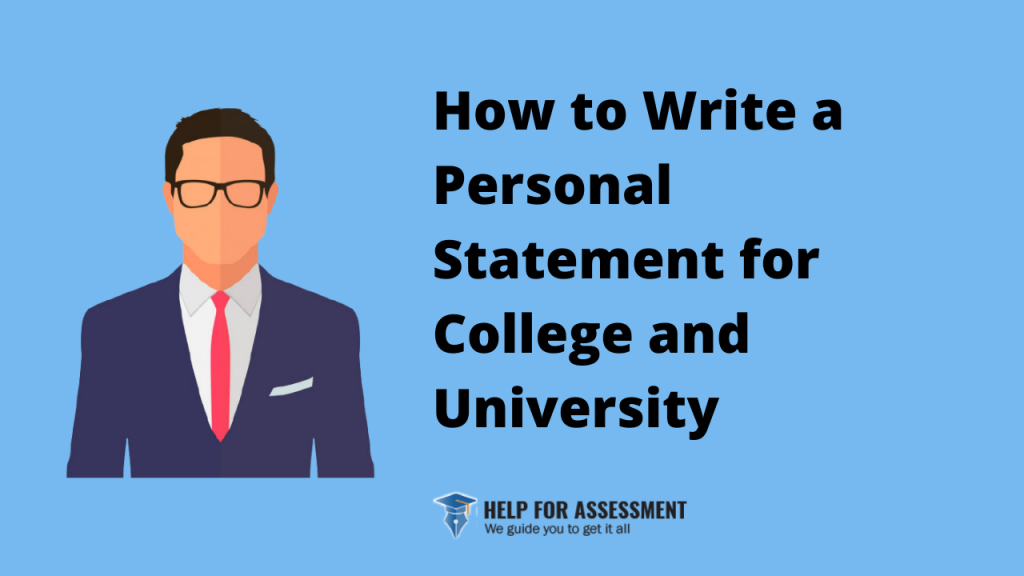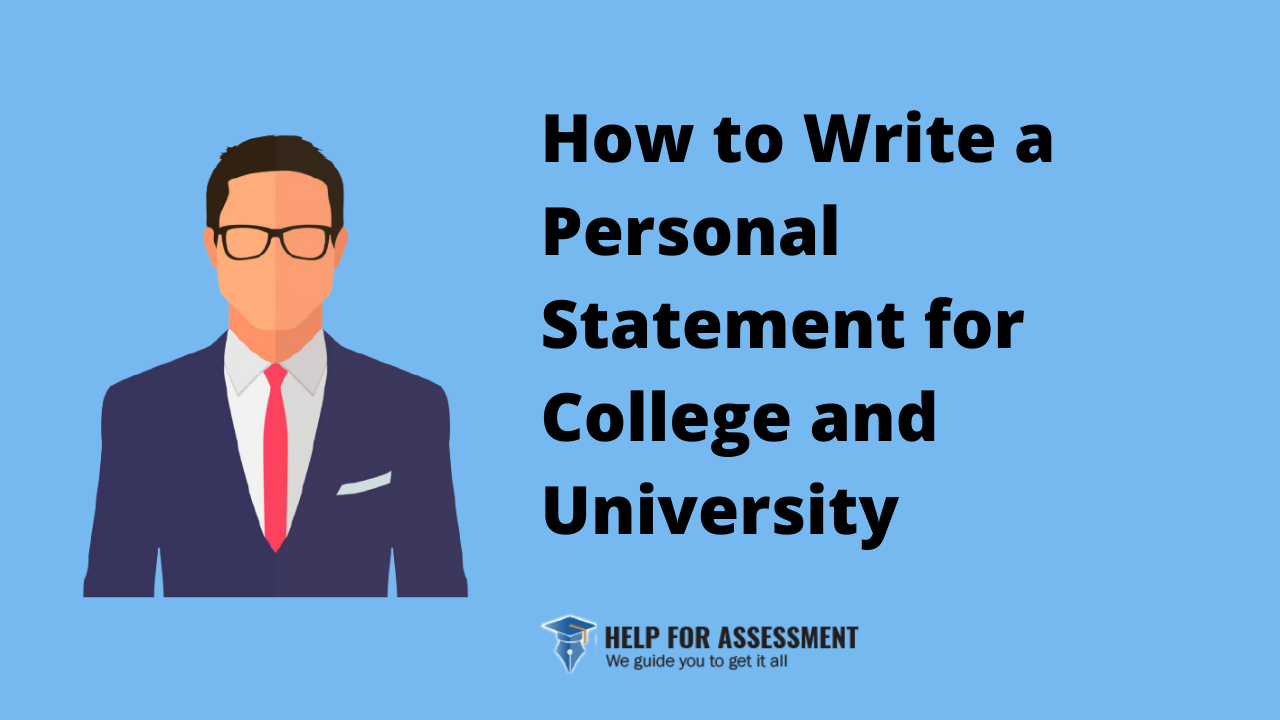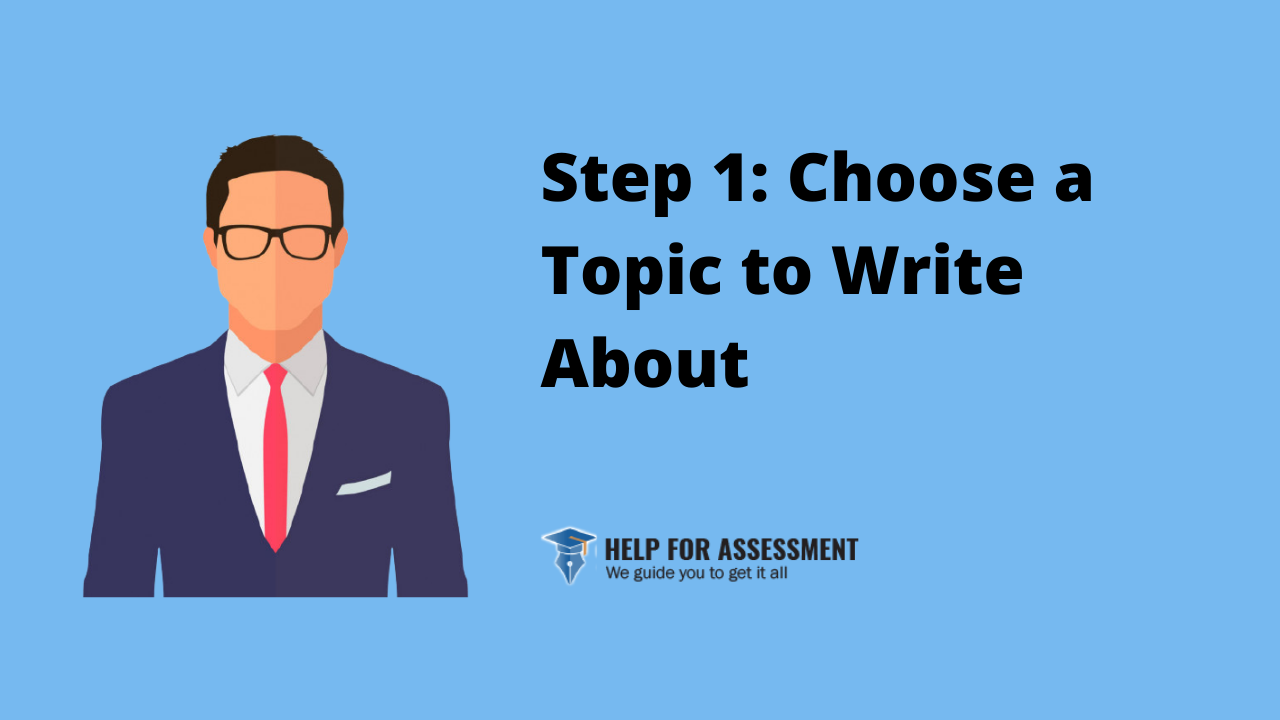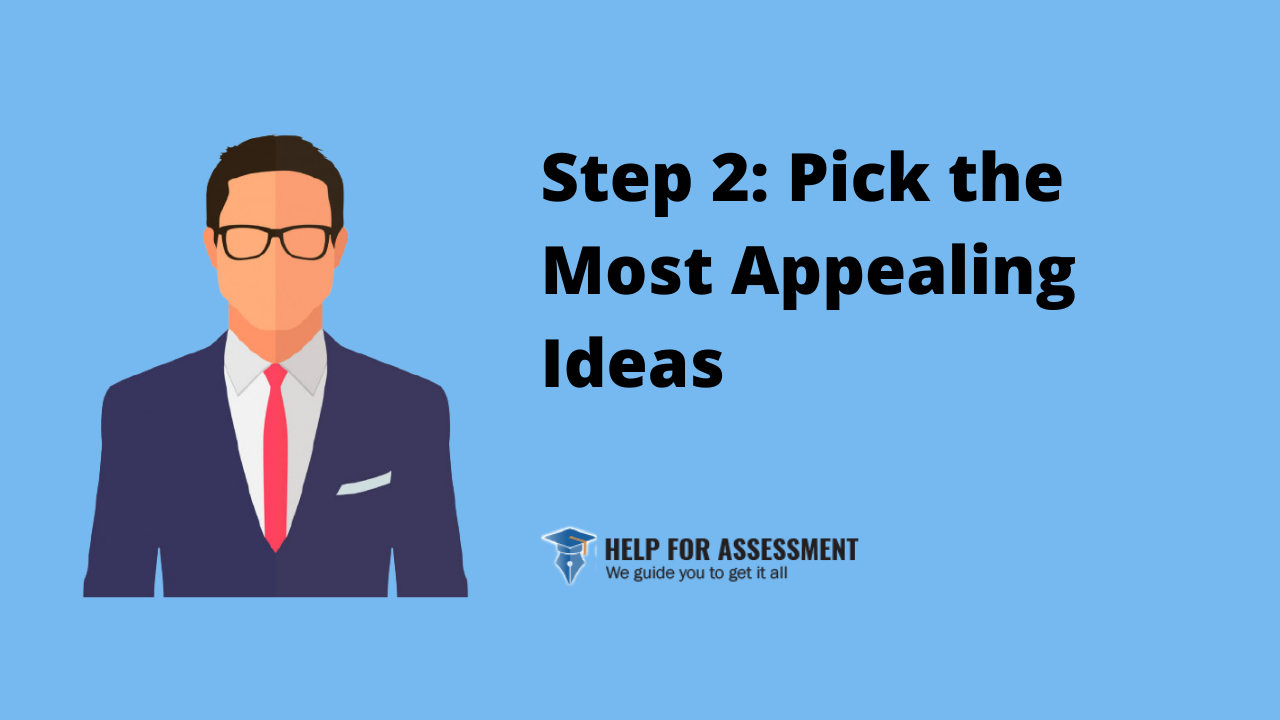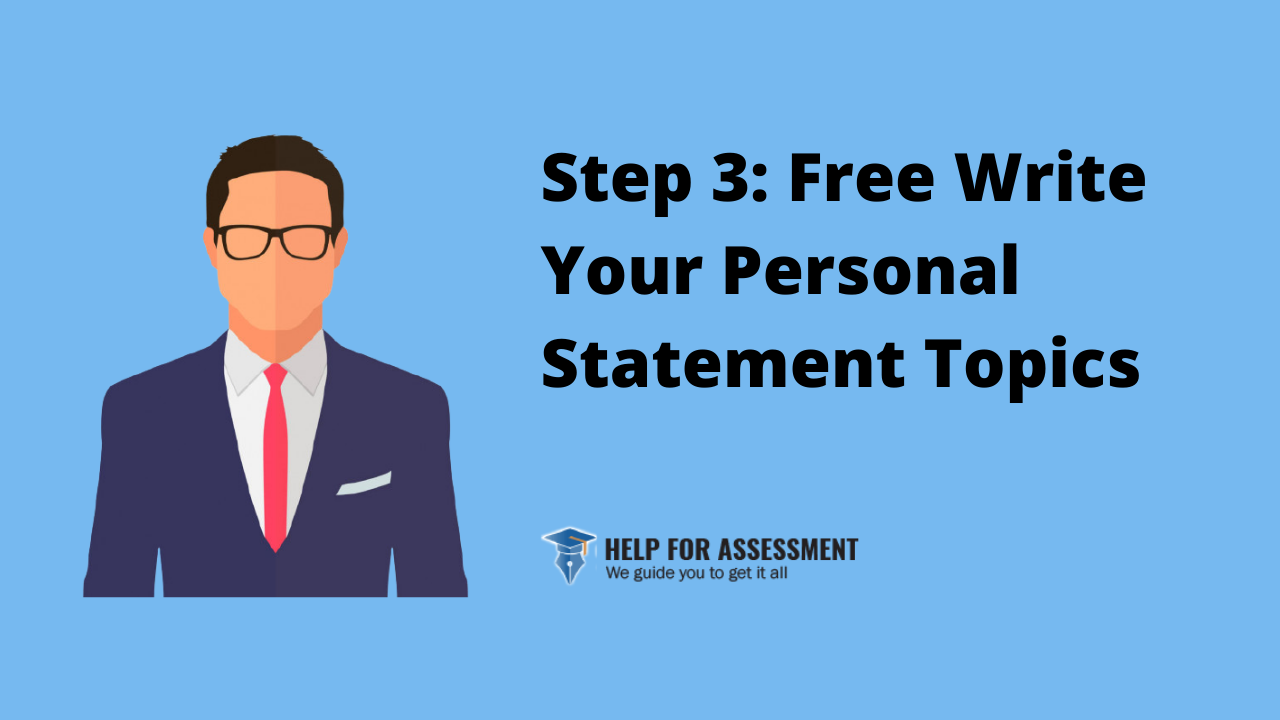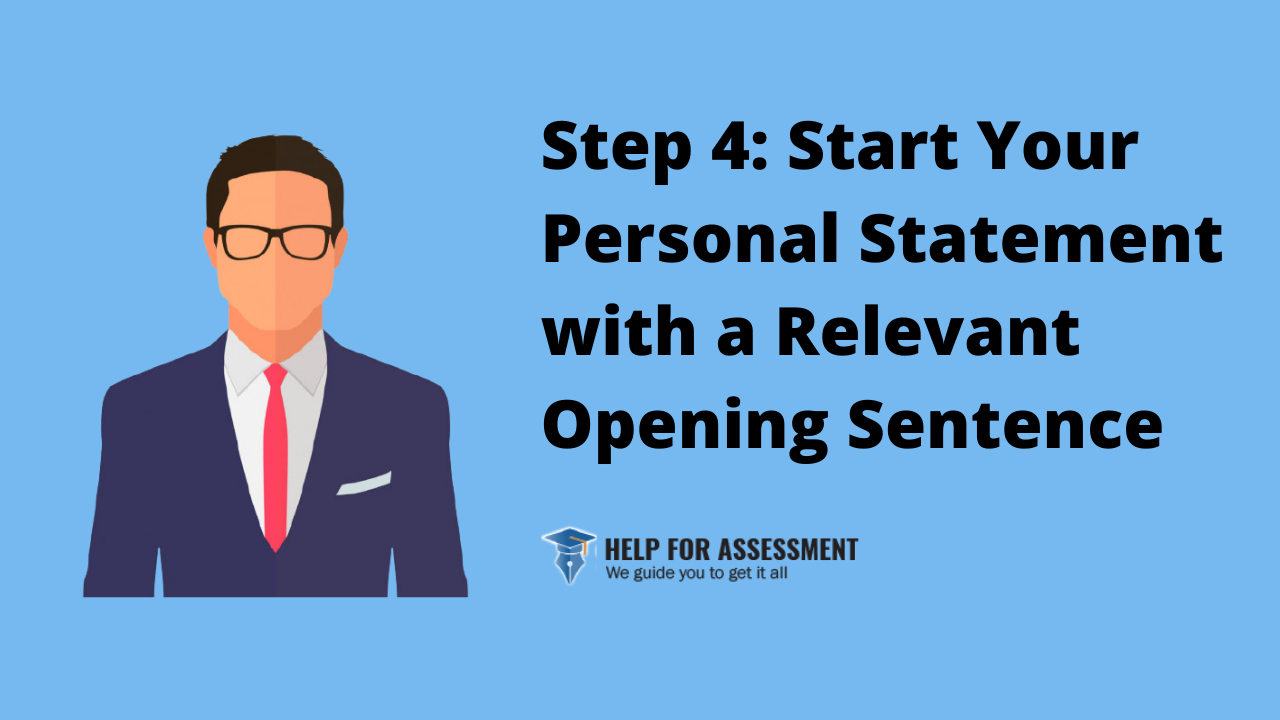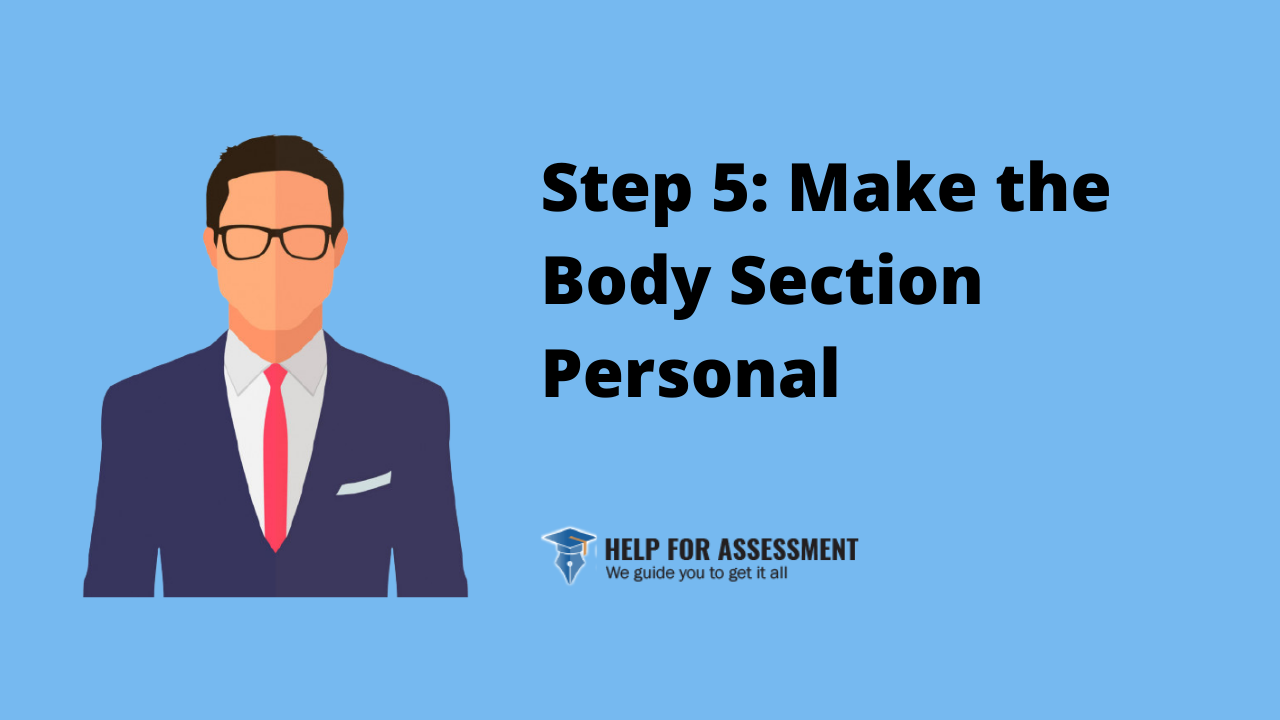This is the complete guide on how to write a personal statement for college and university, step-by-step.
If you think about it, talking to a friend about yourself is fairly simple and straightforward.
But putting a personal statement in writing to someone who’ll read about you for the first time can be a complete nightmare.
How do you start?
What do you write down to make the best first impression?
What would you rather leave out?
Let’s be honest:
Figuring where to start and what to say can take forever.
But when you know how to write a killer personal statement, everything should be easy to put together.
So in this guide, we’ll show you how to come up with a comprehensive, relevant, and catchy personal statement that easily grabs a reader’s attention – and leaving them wanting to know more about you.
But first before you learn how to write a personal statement, let's make sure you know what it is in the first place.
What is a Personal Statement?
A personal statement is an essay assignment that requires you to write about yourself before you can apply to a school or a scholarship program.
The document tells an admissions board who you’re and demonstrates that you’re a good fit for a particular program.
You’ll have to write a personal statement if you want to apply to study in a college, nursing school, law school or a graduate school.
A personal statement may also be necessary if you want to apply for a scholarship, a gifted program in your school or to teach ESL.
Personal Statement Help
Do you want to skip the hassle of writing a personal statement yourself? Let us help you get the assignment done
What’s the Purpose of a Personal Statement?
The purpose of a personal statement essay is to tell an admissions board about yourself, the course you’d like enroll for, why you chose the course, and what you’d like to achieve.
It’s in a personal statement that you express your interests, qualifications, and expectations after completing an education program.
If you’re writing the statement for college application, demonstrate who you’re and what you intend to bring to the table.
If you’re writing it for a scholarship application, show why you’re the ideal and deserving candidate and make sure the statement aligns with the goals of the scholarship provider.
Because a personal statement gives you an opportunity to tell your story to an audience in writing, you need to make sure you tell that story with confidence. While you’re at it, don’t forget to touch on your key strengths and acknowledge your weak points.
How to Write a Good Personal Statement for College and University, Step by Step
Writing a personal statement isn’t hard. After all, it boils down to expressing yourself in writing, and as long as you can pen down your personality, interests, and experiences, you’re good to go.
When writing this essay, you are better off expressing what influenced your decision to join an institution. It could be a moment you had, an event that took place recently, or influence from a person you look up to and respect.
For what it’s worth, your personal statement should demonstrate the significance of these events and explain how they shaped you into your current personality.
Furthermore, mention what you’d like to achieve once you complete the course you’d like to take.
With that said, here are some tips to help you write a solid personal statement essay:
1. Choose a Topic to Write About
Spend at least 20 minutes brainstorming about your life and experiences, and write down your thoughts on a piece of paper.
This is where you think about the most defining moments, how they changed you, the lessons you learned, and what you’ve managed to plan for the future.
Think about what you spend the most time doing, why, your source of motivation, and what you learn from what you do.
Ask yourself who or what inspires you and in what way. Note some of your biggest achievements, qualities, hobbies, and quirks.
The more you brainstorm the more ideas you’ll have flowing.
Don’t mind if some concepts, thoughts, or questions come up more than once. This is normal, so just let the ideas keep flowing.
2. Pick the Most Appealing Ideas
At this point, you have dozens of ideas that you can write your personal statement around, but you don’t need all of them.
Go ahead and choose the most relevant and strongest ideas from the list.
Mostly, you’ll end up with just a few ideas, like 3 or 4. These will be the most suitable for your personal statement.
3. Free Write the Topics
You’re going to do a lot of pre-writing in this stage, as this is where you’ll pick the primary topic to focus on from the 3 to 4 options picked in step 3.
Spend at least 15 minutes writing a few sentences and paragraphs about each topic.
If you’ve decided to work on 4 topics, for example, the free writing session should take an hour.
Don’t worry about sentence structure and organization at this stage. Only check if there’s a good flow of words. This will enable you to identify the most interesting and easy topic to work on.
After writing on each topic, you should pick the one that:
Now that you have a topic to work on, it’s time to start writing your personal statement – beginning with an opening sentence.
Personal Statement Help
Do you want to skip the hassle of writing a personal statement yourself? Let us help you get the assignment done
4. Start Your Personal Statement with a Relevant Opening Sentence
An opening sentence is the most important part of a personal statement, but it’s often the most difficult to write.
Often, many potential candidates find this section confusing because they don’t know how to start.
However, there are simple tips and warning that you can use to come up with an opening sentence that will make the rest of the copy worth reading.
Keep in mind that if you can write a hook that gets an admissions staff eager to read the rest of the document, you’re already halfway there.
Use the Necklace Approach
The necklace technique is a unique and powerful approach to writing an opening sentence for a personal statement. In this case, you create a link between the opening and closing paragraph to reinforce your point.
After writing your personal statement, re-read the concluding paragraph and then use it to write an overall summary of what you’re saying. This, if anything, is a great approach that lets your reader know what your personal statement is.
Make Your Opening Sentence Unique
Don’t write a vague and obvious opening sentence. Avoid standard and common phrases that won’t add value or meaning to the essay.
Instead, establish a hook by making your introduction unique, specific, and as personalized as possible.
Don’t Use Quotes
As much as quotes can be inspiring, they’re the worst lines to use in the opening sentence of your personal essay.
There are at least two problems with using quotes in the opening paragraph of a personal statement.
First, an admissions staff will require you to explain the quote even further. They may ask you to explain what the quote means to you and why you included it in the opening sentence. Not to mention you’ll need to cite the source as well as the author of the quote since it’s not your personal work.
Second, quotes are some else’s written art, so they don’t reflect your personality or experience. At the end of the day, an admissions tutor is more interested in knowing more about you and your passion for a course, so make you’re the opening sentence reflects your passion and personality.
As you work on your opening sentence for the essay:
Some students find it easy to start a personal statement with an opening paragraph; others prefer to write this section as the last bit.
Both approaches are fine, as long as you can end up with a strong hook that draws the attention of your reader.
Don’t worry if you can’t think of an opening sentence right away yet. You can take a break and get back to it later.
5. Make the Body Section Personal
The worst mistake in a personal statement is to write general stuff that’s already out there.
Remember that every individual has their unique journey and you cannot replicate their experiences in your statement.
So tell your story in a way that makes it sound personal, because that’s what the admissions board wants to read.
There’s no right or wrong tone to use when writing a personal statement, but avoid using big words that will make it look like you’re trying to show off.
Stick to a simple language with a good flow of words, as this is what will make your paper easy to read.
Write the statement with your audience in mind. That means not just expressing your personalities and interests, but also explaining how you can fit in a school’s culture or a scholarship’s mission.
When it comes to telling your personal story, there’s a lot you can put in writing than time even allows. But as with every kind of essay, a personal statement has its word limit.
The standard count is 500 words, although some college and scholarship programs can allow you to write up to 650 words give or take.
6. Edit Your Personal Statement
You’ve given your work a punchy opening statement, written a meaty body section, and finished with a killer introduction. Your statement is solid and ready for submission.
Take a short break from the screen, then come back later and start editing your work. Even if you’re confident that your personal statement is up to the standard, you should still proofread it to correct grammar, spelling, punctuation, and sentence structure.
As with every kind of writing, your personal statement should confirm that you pay attention to the correct standards of writing as you reflect who you are.
If it helps, you can even edit your personal statement with the help of a friend before submitting it to the admissions board.
Doing so will not only make it easy to spot errors your eyes may have missed, but also will help you get an additional opinion on tone as well as the overall presentation of the document.
Personal Statement Help
Do you want to skip the hassle of writing a personal statement yourself? Let us help you get the assignment done
Tips to Help You Write Engaging Personal Statements
Now that you know how to write a personal statement, here are some handy tips you can use to make it as engaging as possible.
1. Use Active Voice
Because passive voice doesn’t immediately bring out the meaning of a statement, you shouldn’t use it to write a personal statement.
Use active voice instead, as it allows you to use strong verbs that easily engage readers and make your message easy to understand.
2. Use the Right Tone
There are many positive things you can write about yourself in a personal statement, so don’t shy away from doing so.
Therefore, use a tone that shows you’re enthusiastic about the opportunity in question.
3. Keep Your Personal Statement Simple
Using big words taken from the dictionary won’t make your personal statement interesting to read or convincing.
So use easy to understand words, a simple language, and short sentences.
The goal with language in this context isn’t to make your writing flowery. Instead, it’s to make your personal statement not only effective but also clear.
4. Be Unique and Write in Your Own Voice
Make sure your personal statement focuses only on your unique experiences and personality.
Every detail you include in the document should demonstrate a personalized reflection of yourself as a person.
As you write the statement, use words, phrases, and sentences that makes the document sound personal and unique.

